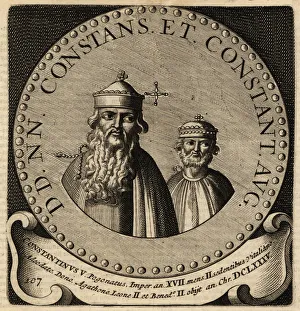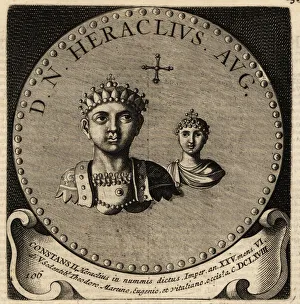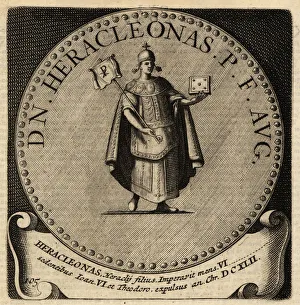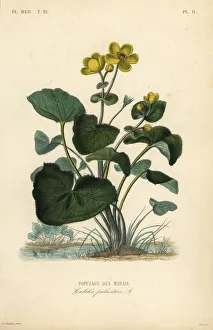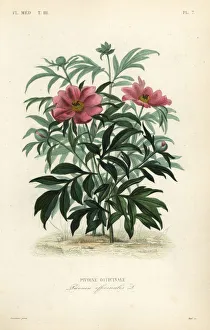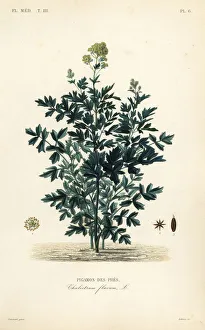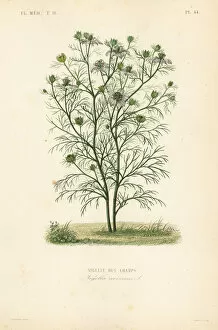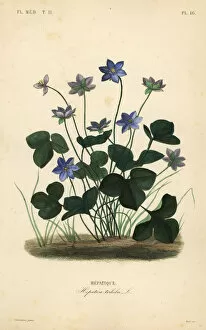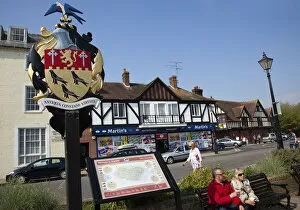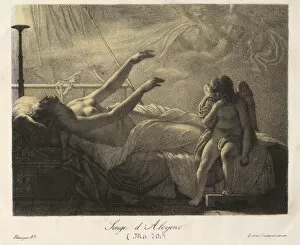Constans Collection
"Constans: A Journey Through Roman and Byzantine History" Step into the vibrant world of Constans, an influential figure in both Roman and Byzantine history
All Professionally Made to Order for Quick Shipping
"Constans: A Journey Through Roman and Byzantine History" Step into the vibrant world of Constans, an influential figure in both Roman and Byzantine history. As we delve into his life, we uncover a captivating story that unfolds through stunning portraits and historical artifacts. In this coloured photo, we catch a glimpse as he assumes the role of ambassador in Constantinople. His regal presence exudes power and diplomacy, showcasing his ability to navigate complex political landscapes. Moving back in time, a portrait captures Constans I, one of the early Roman Emperors. His stern expression hints at the challenges he faced during his reign but also reflects his determination to uphold the empire's glory. Next, we encounter Constantine II - another remarkable emperor from the same era. The portrait reveals a striking resemblance between these siblings, emphasizing their shared bloodline and influence on Rome's destiny. Transitioning into Byzantine times, we are introduced to Constans II through an exquisite painting. This depiction showcases his refined features alongside Fausta - a woman who played a significant role in shaping his rule. Our exploration continues with Heraklonas' portrait - yet another Byzantine Emperor whose image captivates us with its intricate details. It serves as a reminder that even amidst political turmoil, art thrived as an essential medium for preserving history. As our journey progresses beyond rulers' faces, nature takes center stage. We encounter mesmerizing blooms such as marsh marigold and common peony – symbols of beauty intertwined with resilience throughout centuries past. The enchanting common meadow rue dances gracefully across our vision while wild arum adds an air of mystery to our narrative. Spring pheasant's eye emerges like hope after winter's slumber while devil-in-a-bush reminds us that love can bloom unexpectedly amidst chaos. Constans' legacy transcends mere titles or borders; it is etched within these images and natural wonders.





